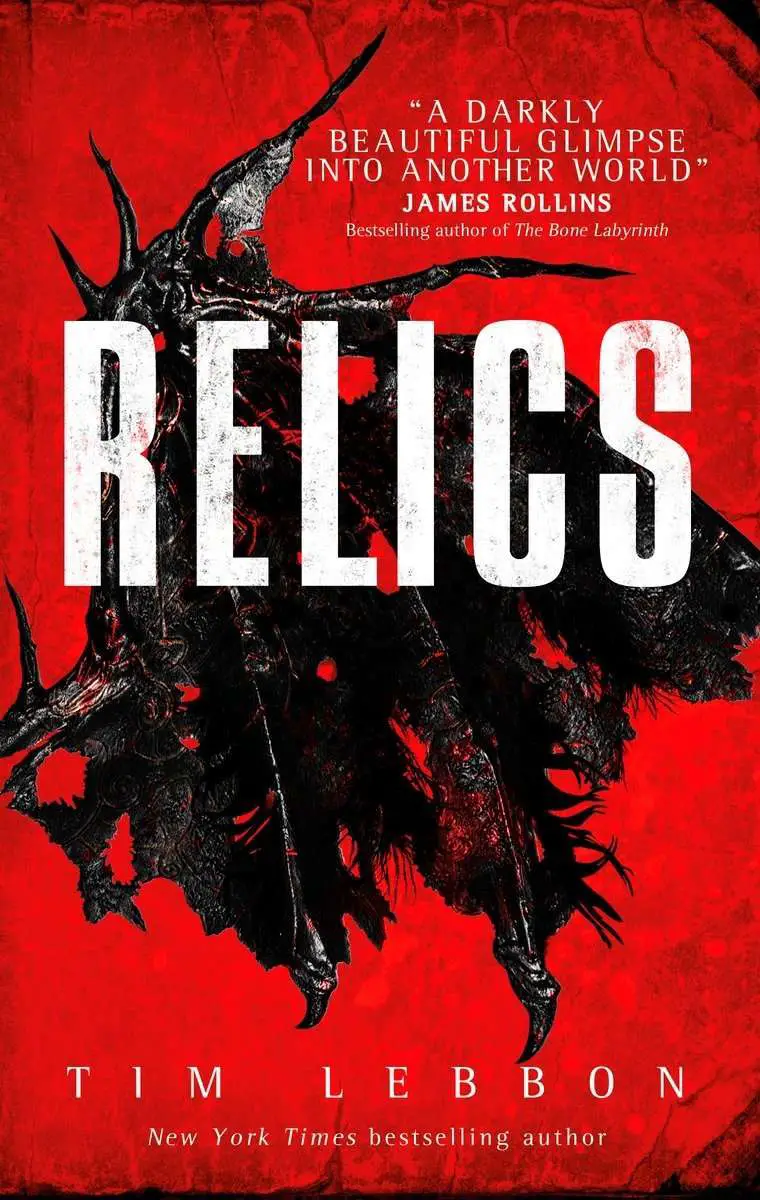The Vexations, by Caitlin Horrocks

The lives of artists, when depicted in novels, must portray artmaking for what it is: work—anything else is an outsider’s view—and Caitlin Horrock’s debut novel, The Vexations, occupies that inner view; it’s an intricate portrayal of the life of modernist composer Erik Satie—and his artmaking—that mines his most nuanced sensibilities: the way a street looks, his grandiosity and impossibly high standards, and a painstaking nature that extends beyond his art, to his clothing, his living space, even to the color of the food he eats (that would be white). With Horrocks’s deep portrayal, The Vexations is the sort of novel you can escape into, accompanying the characters in their most private thoughts—the pleasures and the melancholies—to unpack the spirit behind the art.

Erik’s story is the central one around which other voices revolve. Through shifting narrators, we glean Satie (who in his coming of age changes the c in his name to k), his younger sister Louise, their youngest brother Conrad, along with a Spanish writer, Phillipe, and Suzanne Valadon, the object of Erik’s brief affections.
Eric Alfred Leslie Satie was born in 1866 Honfleur, Normandy, the eldest of three, but at age six, his mother died post-childbirth. His grief-stricken father, Alfred, “a lightning-struck tree,” is unable to parent the children, and relocates them from Paris back to Honfleur to live with their paternal grandparents—though does so under the ruse of a holiday. The grandmother, Agnes, is austere, and devoutly Catholic, and unwilling to care for three children. Soon after, she sends Eric to board at the same school his father attended, Louise is sent to live with their great-uncle Fortin and his wife, Estelle, and Conrad back to his father, who has by now remarried. That year, Eric begins piano lessons and from the beginning is an unconventional student, intent to “recapture the music he heard in his head.” Yet Eric “does not feel born to fame, nor entitled to it. Greatness sounds like a lot of work, frankly, and he is not given to study, or to practicing his piano.” All the same, he arrives in Paris, studies briefly at the Conservatoire where he’s labeled
The middle child, his sister Louise, is the character with whom we most deeply engage, and it’s her narrative that evokes most strongly the sense of separation, distance, and loss. For Louise, who grows up in a paternocratic French system of laws and customs, the world offers none of the advantages and autonomy it does her brothers—whether of family or finances or even maternity—and tragically, these inequities define her. Well-educated, smart, and a skilled pianist, she is re-introduced to her brothers after 15 years, Louise is shocked that her younger brother Conrad refers to Eugenie, Alfred’s second wife, as “mother.” It’s another instance of their past as one of distance—and for Louise, foreshadows losses to come.

The Vexations
Conrad’s narrative, in contrast, shows us the view of the sibling who is not an artist—he grows up to be a chemist for a

The novel’s title is refers to Satie’s most enigmatic piece, The Vexations (1893), a half-sheet of notations meant to be played 840 times in succession (a performance that would take 18 hours), accompanied by the mysterious instruction, “It would be advisable to prepare oneself beforehand, in the deepest silence, by serious immobilities.”
Caitlin Horrocks is
Read an interview with Caitlin Horrocks here.
—Lauren Alwan

